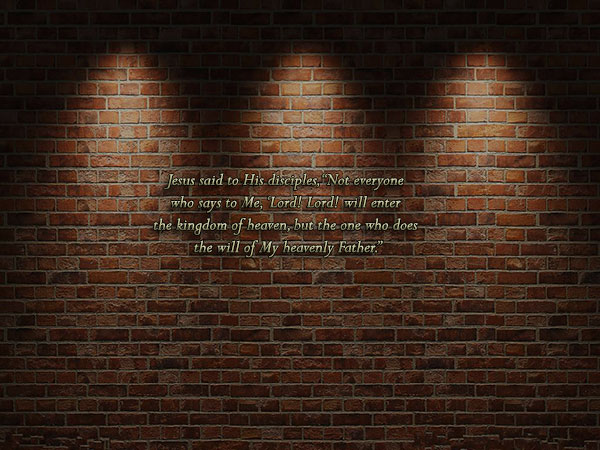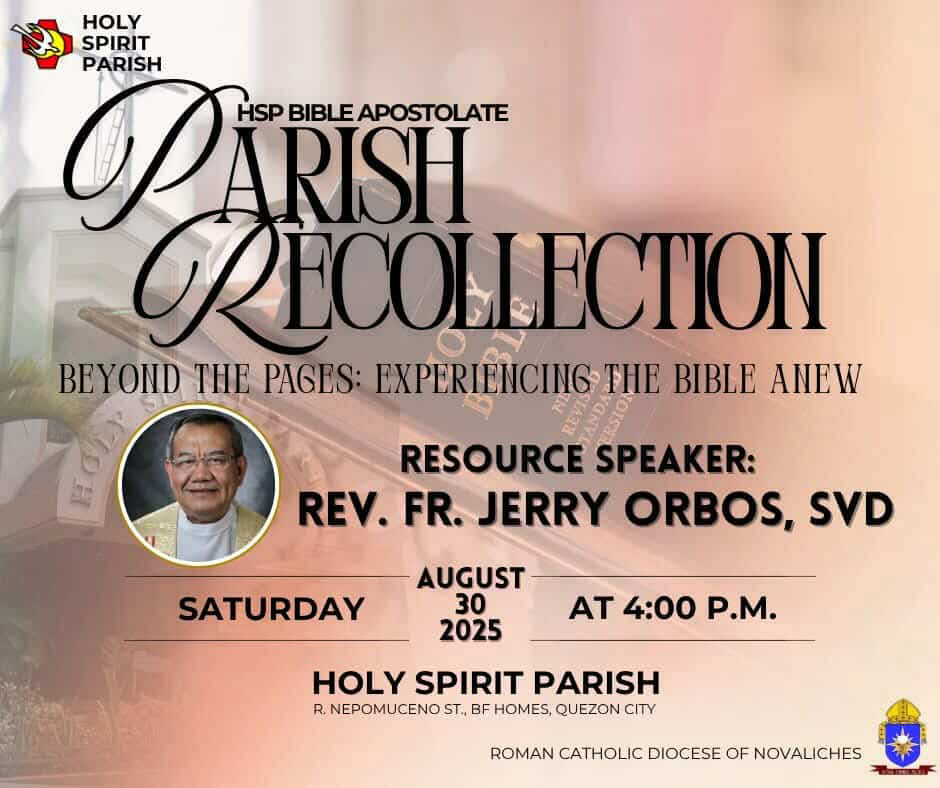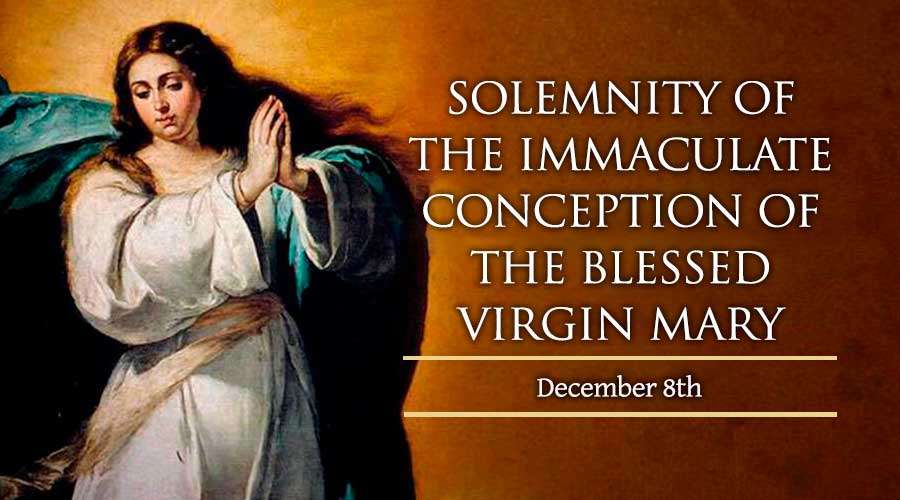
By Victoria M. Tufano
There are surprisingly few official rules about decorating churches, much to the chagrin of those who have been crowded out by Christmas poinsettias or engulfed by Easter lilies. At times, admittedly, the altar looks like it’s been attacked by a rioting mob of florists.
Much of what we do is based on tradition and preference. There are, however, two church documents that offer guidance on the subject of church decor. The General Instruction of the Roman Missal (GIRM) provides direction on how the Mass should be celebrated. It is very specific about aspects of the liturgy that are to be the same everywhere but more general about other areas, leaving it to local bishops to provide guidelines. Church decorating is one of those latter areas.
The GIRM offers this useful bit of wisdom: “Moderation should be observed in the decoration of the altar.” The paragraph specifically addresses floral decorations in Advent (shouldn’t overshadow the joy of Christmas) and Lent (no flowers, with some exceptions). In general it says that flowers should be used sparingly and never on top of the altar itself. But that is the only specific thing this document has to say about seasonal decorations.
The very last paragraph of the GIRM gives perhaps the best advice: “Every effort should be made to ensure that . . . the canons of art be appropriately taken into account and that noble simplicity come together with elegance.”
The bishops of the United States have published guidelines for church art and architecture that also touch on seasonal decoration, Built of Living Stones. It says that seasonal decorations should “draw people to the true nature of the mystery being celebrated rather than being ends in themselves.” They should also “enhance the primary liturgical points of focus,” that is, the altar, lectern, and presider’s chair. (Enhance, not overwhelm!) And it gives a few specifics: Living flowers and plants are preferred to artificial greenery; seasonal decorations should remain throughout the whole season; traditional objects such as Advent wreaths and Christmas cribs should be proportional to the space; banners are most effective when they do not carry words (including joy, hope, and peace).
When this document discusses art in general, though, it offers a great deal for those who decorate to ponder: “Quality art draws the beholder to the Creator,” and “appropriateness is demonstrated by the work’s ability to bear the weight of mystery, awe, reverence, and wonder.”
That may seem a lot to ask of a few poinsettias or a banner or two, but even these humble additions to our churches should point us toward prayer and praise.
Noble simplicity with elegance. Quality. Appropriateness. Not rules. But great guidelines, don’t you think?
– See more at: http://www.uscatholic.org/glad-you-asked/2009/11/are-there-rules-decorating-church-during-holidays#sthash.8GcfQisA.dpuf








